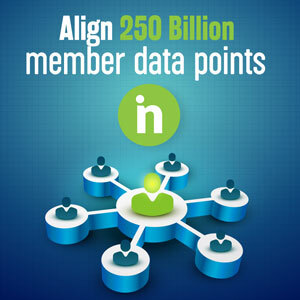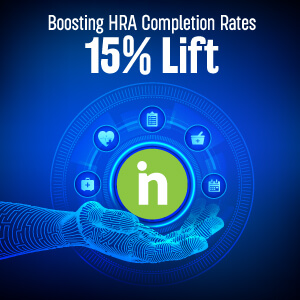Member engagement or member experience- what comes first?

Boosting member experience and designing a winning member engagement is a common challenge for all health plans in today’s world. Plans are always challenged to design effective Omni-Channel communication for their members. There’s not much time to create meaningful long-term engagement from onboarding to AEP (Annual Enrollment Period).
To improve member retention, it is very important to provide a great member experience. Often health plans struggle to deliver a unified and consistent member experience across all the channels. In today’s world consumers are very interactive and quick to abandon an experience if that experience doesn’t meet expectations. If the user experience does not meet the consumers’ desired standard, it becomes very difficult to engage them. To deliver a healthier outcome, health plans must meet the challenge and engage in pro-active communication with their members to increase member loyalty.
Here are two simple yet critical ways to create a better member experience and engage members to create more loyalty:
Start a dialogue with members, don’t just send an email
Many think creating segmented personalized content delivery is enough to be a member engagement strategy. Segmentation is a start, but each member is unique with unique needs. A dialogue needs to start based on these unique needs and a content strategy should be designed to support outcomes at the individual member level. Consistent dialogue must carry through all channels and can be dynamic based on how the consumer responds.
For instance, a direct mail goes out with some diabetes-related information, and the member is asked to visit the doctor for that specific health condition. Often, the member is asked to visit a micro-site for more information or is given a phone number to call for more information. For an effective dialogue, all of these channels (direct mail, micro-sites, call-center, and doctor’s office) need to deliver a consistent member experience.
Many times, health plans struggle to deliver consistency across all of these various touchpoints. A personalized communication piece is not enough to create a better response, so after a member completes an action, rule-based automation should kick in. Consistent user experience throughout all channels of communication and touchpoints will create higher satisfaction and conversion with existing and potential members.
Better utilizing member data is key
All health plans have a massive amount of data for each member across the customer journey, much of this may be surrounding the claims process. This data is analyzed and utilized to design future plan offers and possible marketing communications. But, almost every health plan struggles to capture adequate response data while developing member communications. Even if some of these responses are captured, many times different channel responses are gathered in multiple silos. This creates a huge challenge to see the engagement flow of each individual in a meaningful manner.
If a rewards program is designed for members based on certain calls to action, is it enough just to track who is responding to the call to action and ensure they are receiving their rewards? What about the segment that didn’t participate? Shouldn’t there be a second or third touch for those members while the reward recipients are getting their rewards promptly? When the engagement period is so time-sensitive, can these calls to action be not only automated, and also visualized via a dashboard in real-time?
If health plans can analyze the responses and activities in real-time, they can then be much more dynamic with future offers and engagements. This is why capturing and structuring all response data and using real-time data analysis is extremely important to deliver a better member experience and create interactive member engagement. If the health plan is challenged by having multiple vendors doing each activity and data is being captured in multiple locations, then a sound data management architecture is needed to consolidate all data in one single location. Data is only good if it is meaningful, so creating accurate and effective data visualization is also a key factor.
By creating a positive member experience, we can better engage members and prospective members to complete our desired calls to action. As we further engage them, we need to deliver personalized communication for each step to create a member-centric dialogue. If these steps are taken, a loyalty-based member retention goal can be achieved with the outcome of higher member satisfaction, loyalty, retention, and ultimately higher scores for different measurements for the health plans.
Learn about our membership engagement platform to help your organization improve member satisfaction.





